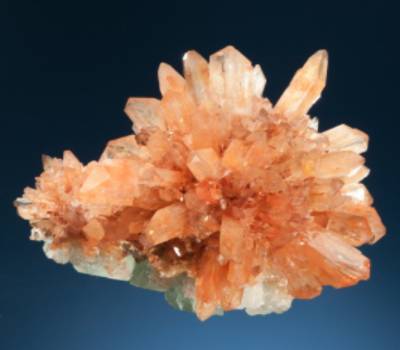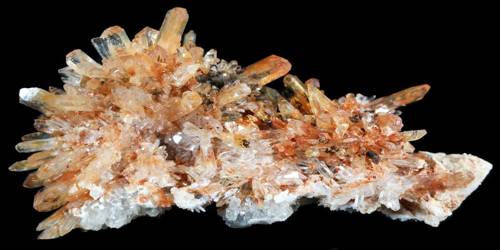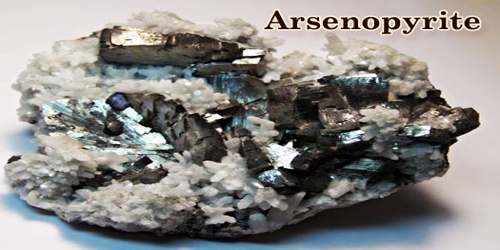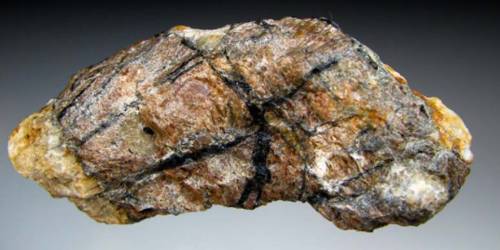Creedite is a calcium aluminum sulfate fluoro hydroxide mineral with formula: Ca3Al2SO4(F, OH)10·2(H2O). It is a monoclinic-prismatic mineral containing aluminum, calcium, fluorine, hydrogen, oxygen, and sulfur. Creedite’s purple color is attractive and its crystal form is unique, making creedite a nice mineral collection addition.
Creedite was first described in 1916 from the Creede Quadrangle in Mineral County, Colorado. It is a product of intense oxidation of ore deposits. It is believed to be the stone of light, which is considered as a rare and intensely spiritual gemstone.
General Information
- Category: Halide mineral
- Formula: Ca3Al2SO4(F, OH)102(H2O)
- Crystal system: Monoclinic
- Crystal class: Prismatic (2/m) (same H-M symbol)

Properties
Creedite forms colorless to white to purple monoclinic prismatic crystals. It often occurs as acicular radiating sprays of fine prisms. It has a Mohs hardness of 3.5 to 4 and a specific gravity of 2.7.
- Color: Colorless, white, violet, orange
- Crystal habit: Generally appears as anhedral to subhedral in matrix; bladelike prismatic and radial, drusy to granular aggregates
- Fracture: Conchoidal
- Tenacity: Brittle
- Mohs scale hardness: 3.5 – 4
- Luster: Vitreous
- Streak: White
- Diaphaneity: Transparent to translucent
- Specific gravity: 2.71
Occurrence
Creedite is a rare hydroxyl halide mineral. Creedite usually forms from the oxidation of fluorite ore deposits. Creedite was named after the location where it was discovered in 1916 in the Colorado Fluorspar Co. Mine at Wagon Wheel Gap, located at Creede Quadrangle, Mineral County, Colorado.
It also occurs in the Potosi and other mines of Santa Eulalia, Chihuahua, Mexico. It is also found in La Paz, Bolivia; Pamir Mountains, Tajikistan and Dzhezkazgan, Kazakhstan.
information Source:
















